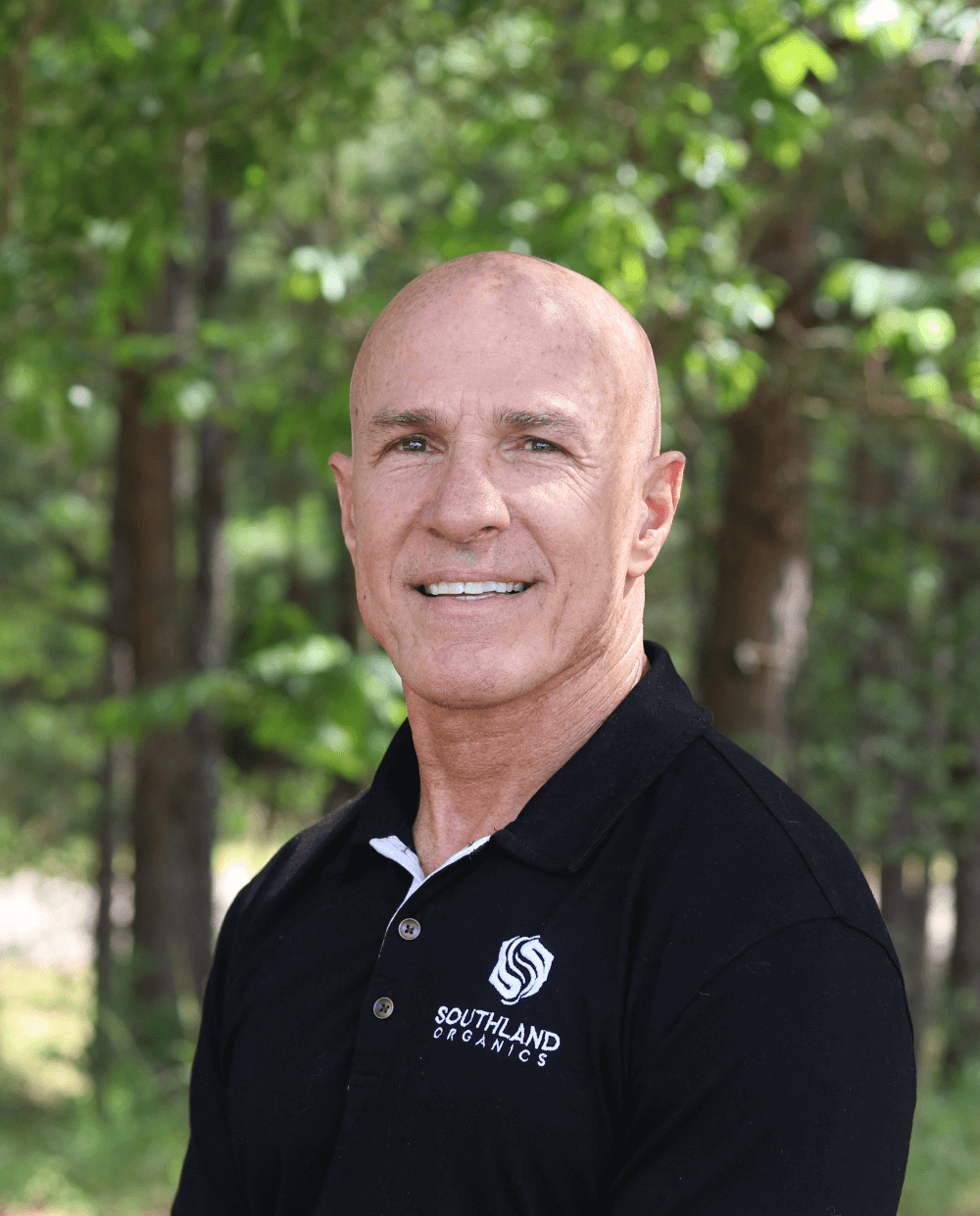Gone are the days of digging pits for your birds' mortality. While most states in the U.S. prohibit digging new pits for mortality, Georgia may be the last state to grandfather in some pits. Today, there are composting drums, freezers, incinerators and other various strategies to deal with dead birds as efficiently and responsibly as possible. The Natural Resource Conservation Service (NRCS), Environmental Protection Agency (EPA) and other organizations are pushing integrators and growers to use stackhouses. Many times, these mandates are issued but left up to the grower on how to implement.
In this video, we wanted to share some particulars of why and how to effectively use a stackhouse.
The base layer serves as a foundation and should be around a foot thick for carcasses less than 50 pounds. The carcass layer comes next. This should consist of a single layer of carcasses laying next to one another touching but not overlapping. The carcasses should be centered on the pile and leave a 6 to 8 inch border of uncovered base layer.
Finally, a cover layer can be applied twice as deep as the carcasses beneath. This should be sprayed lightly with water before adding the next layer of carcasses. Alternate the carcass and cover layers for the remainder of the stack or until it is 5 to 6 feet high. The final cover layer serves as a cap and should be 10 to 12 inches deep. This layer acts as a biofilter to control the smell and retain heat and moisture. Remember, if you can smell it, you probably didn't cover it.
If you begin to experience the smells and you have done everything like the experts suggest, you can also try Southland Organics Compost Ignition. This is a bioremediation product that is high in activated carbon as well as additional bacteria strains and fulvic acids. This combination will not only reduce the smell but will also accelerate the decomposition process.






